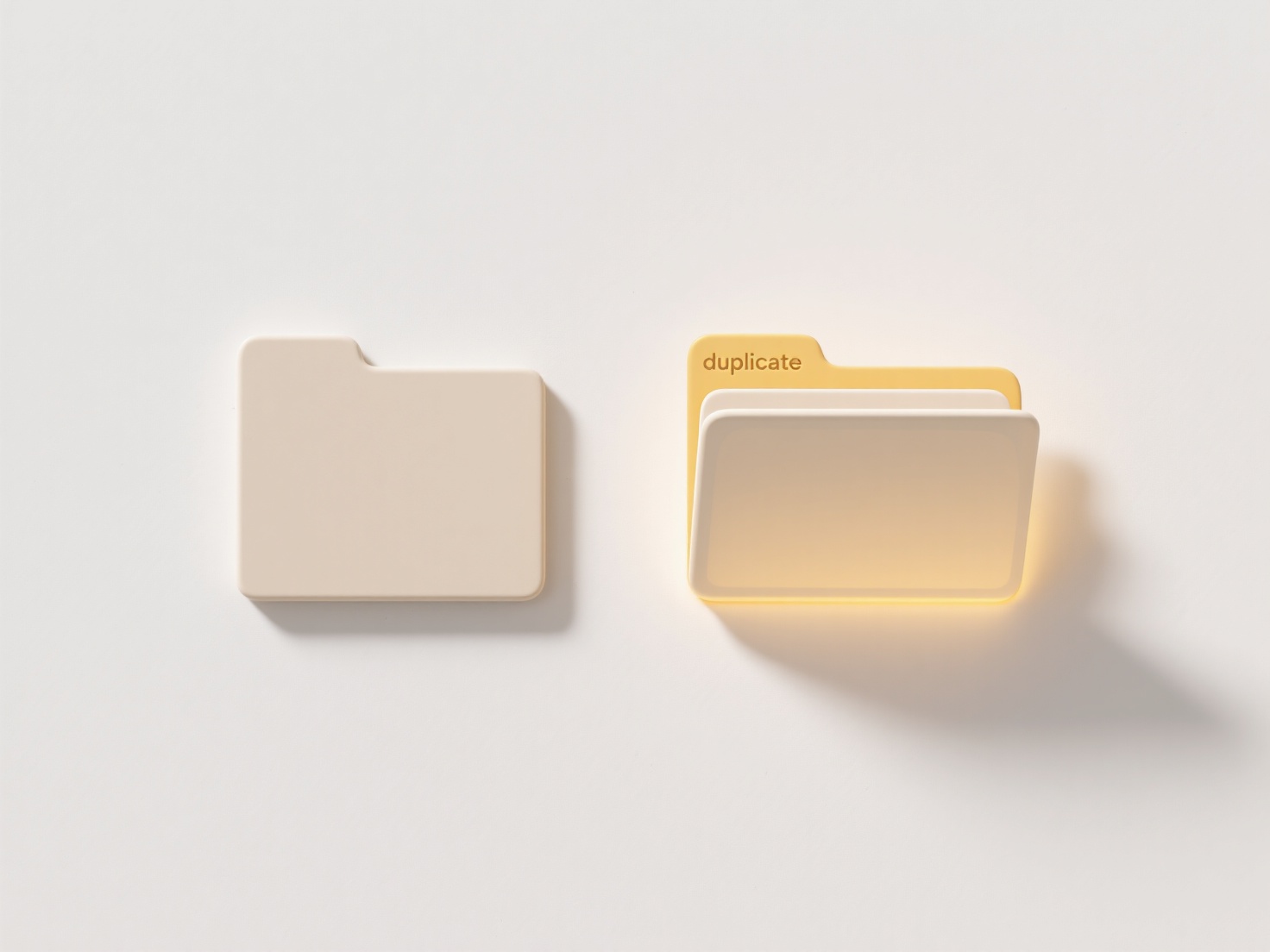
Recovering deleted folder structures means restoring both the directory hierarchy (folders and subfolders) and their contents, not just individual files. This differs from simple file recovery because the relationships between folders and their files must also be reconstructed, which can be more complex. When folders are deleted, the storage space they occupied is marked as available, but the data isn't immediately erased. Recovery software scans the drive to identify these remnants of the original folder structure before overwriting occurs.
In everyday scenarios, this is crucial for users needing to restore an organized project folder containing documents, images, and subfolders correctly positioned. IT administrators rely on this to recover entire departmental directories with all permissions and shared links intact after accidental removal, especially on network drives. Tools enabling this include data recovery software like Recuva (free), EaseUS Data Recovery Wizard, or Prosoft Data Rescue, as well as system restore points or shadow copies on Windows, and Time Machine backups on macOS.

Successful recovery depends heavily on acting quickly before data is overwritten by new files. While modern software often reconstructs hierarchies effectively, severe corruption or overwritten sectors may prevent full restoration. Regular backups to an external drive or cloud service remain the most reliable preventative measure, offering direct restoration of the complete folder structure as it existed at the backup point.
How do I recover deleted folder structures?
Recovering deleted folder structures means restoring both the directory hierarchy (folders and subfolders) and their contents, not just individual files. This differs from simple file recovery because the relationships between folders and their files must also be reconstructed, which can be more complex. When folders are deleted, the storage space they occupied is marked as available, but the data isn't immediately erased. Recovery software scans the drive to identify these remnants of the original folder structure before overwriting occurs.
In everyday scenarios, this is crucial for users needing to restore an organized project folder containing documents, images, and subfolders correctly positioned. IT administrators rely on this to recover entire departmental directories with all permissions and shared links intact after accidental removal, especially on network drives. Tools enabling this include data recovery software like Recuva (free), EaseUS Data Recovery Wizard, or Prosoft Data Rescue, as well as system restore points or shadow copies on Windows, and Time Machine backups on macOS.

Successful recovery depends heavily on acting quickly before data is overwritten by new files. While modern software often reconstructs hierarchies effectively, severe corruption or overwritten sectors may prevent full restoration. Regular backups to an external drive or cloud service remain the most reliable preventative measure, offering direct restoration of the complete folder structure as it existed at the backup point.
Quick Article Links
Why don’t cloud files appear in system search?
Cloud files, such as those stored in services like Dropbox or Google Drive, are not always stored physically on your com...
Why does my file open with the wrong program?
When a file opens with an unexpected program, it's typically due to an incorrect file association setting on your operat...
How do I manage signed vs unsigned contracts?
Signed contracts are final, legally binding agreements where all parties have provided approval, typically through physi...